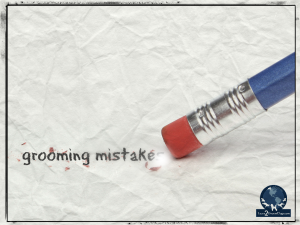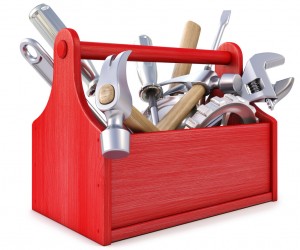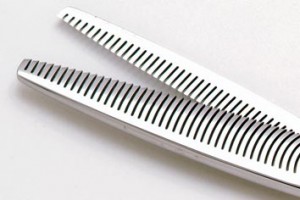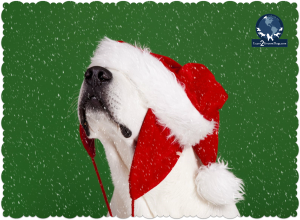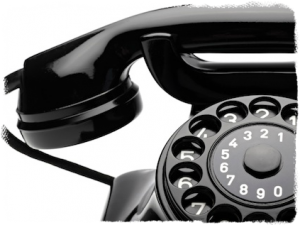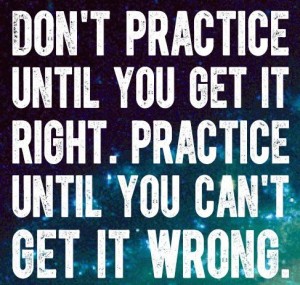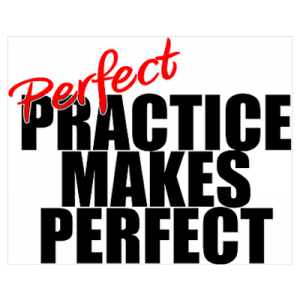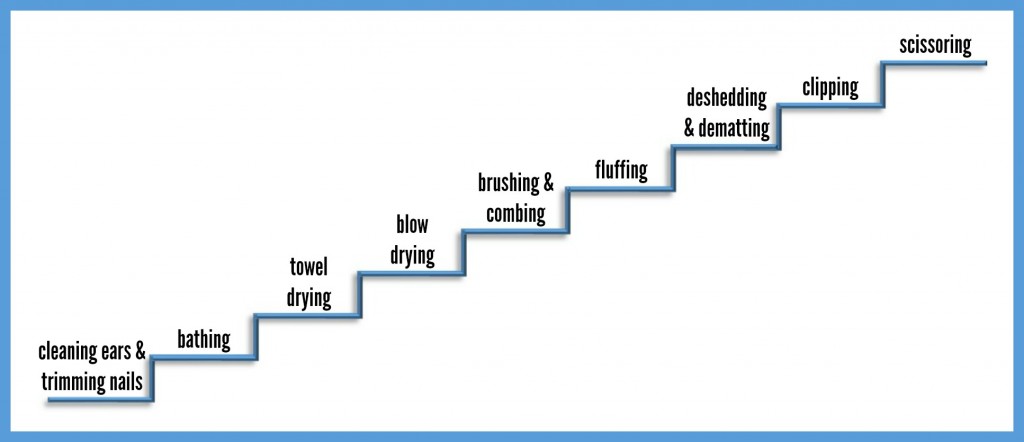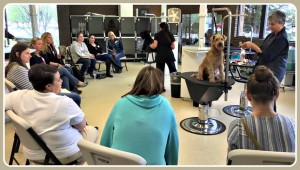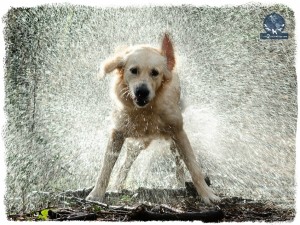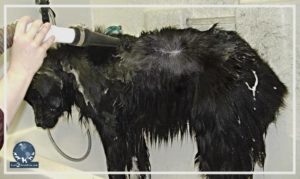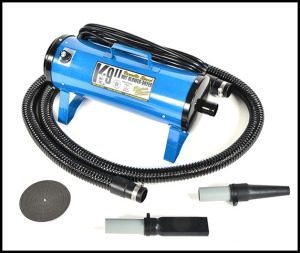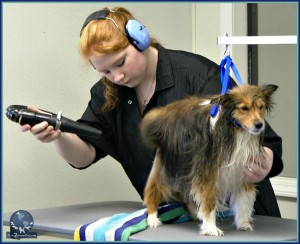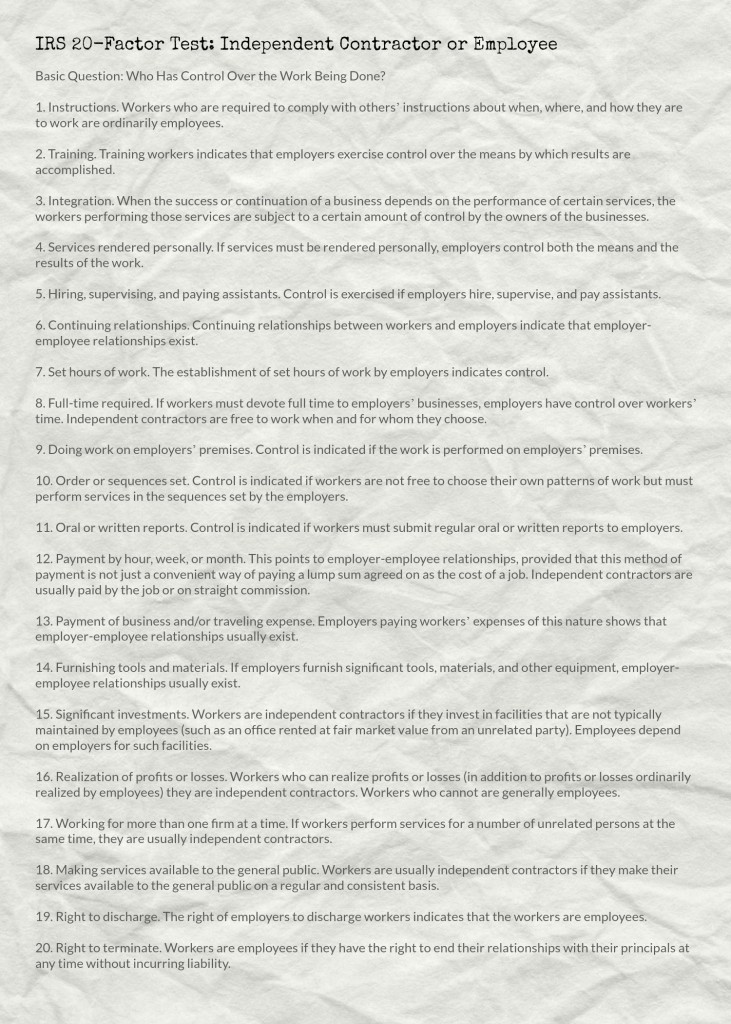 When you attend trade shows and clinics, preparing in advance can help you make the most of this experience. Seminars are a great way to improve your skills and recharge your batteries. Meeting your mentors and soaking up their knowledge is a fantastic opportunity, and if you can see and hear them in action, it maximizes the experience. When you know what you need and what you hope to get out of the session, you can better prepare yourself to squeeze out as much as you can from your time together.
When you attend trade shows and clinics, preparing in advance can help you make the most of this experience. Seminars are a great way to improve your skills and recharge your batteries. Meeting your mentors and soaking up their knowledge is a fantastic opportunity, and if you can see and hear them in action, it maximizes the experience. When you know what you need and what you hope to get out of the session, you can better prepare yourself to squeeze out as much as you can from your time together.
1. Step into the session with a very open mind.
If you are young and fresh to the industry, the amount of information that you get can be intimidating. Listen, take notes, and soak up every bit of knowledge that you can. Sometimes that may mean suspending what you know in order to make room for something new. Trying new techniques or ideas can be uncomfortable just because you’ve never tried it before. Keeping an open mind enables you to break from your routine to get different results. With time and practice, the awkwardness goes away and you become more efficient. Remember: having more tools, techniques, and knowledge allows you to have multiple approaches to a problem.
2. Make efficient use of the time available.
Many trainers at these sessions have limited time. They are often rushing from one obligation to another – judging competitions, speaking in seminars, or providing hands-on clinics. If they can, many will take the time to answer your questions. If you know what you need to ask, it helps you make the best use of the brief time you may have together. Be prepared – write down your questions in advance so you don’t forget something important or stumble over your words. Being ready to participate in the learning experience helps you make the best use of the session – and the presenter will respect you for it.
3. Don’t be nervous – plan ahead.
 With so much to see and do at trade shows, it’s easy to feel overwhelmed. Break out the catalog and study the floor plan before you arrive. Map out your plan of attack to make sure you get to everything you need to see. Some shows have free apps you can download to help make the most out of your experience. Know the schedule of events so you don’t miss that speaker you’ve been hoping to see. Sometimes it’s good to go to shows like this with a friend – divide and conquer, then compare notes later.
With so much to see and do at trade shows, it’s easy to feel overwhelmed. Break out the catalog and study the floor plan before you arrive. Map out your plan of attack to make sure you get to everything you need to see. Some shows have free apps you can download to help make the most out of your experience. Know the schedule of events so you don’t miss that speaker you’ve been hoping to see. Sometimes it’s good to go to shows like this with a friend – divide and conquer, then compare notes later.
As your knowledge and skills advance, the clinics won’t be as daunting. They will become a great way for you to fine-tune your skills. You can begin to network and exchange thoughts with others in the industry who can provide insight when you need it. Plus, these types of functions are a great way to invigorate your career.
These principles remain valid for many forms of advanced learning in the pet grooming industry. Maybe you don’t have the opportunity to do a hands-on training session. There is a wealth of information to learn from these all-star pet stylists. You might be in the audience at a trade show, pet grooming competition or watching a grooming video lesson featuring one of these top stylists. The better you can execute the core skills with your everyday grooming, the easier it will be to successfully transfer their lessons to your own grooming table.
If you are not as accomplished as these award-winning and highly successful pet groomers are – take note. You can learn a lot from their well-developed skills. Learning new skills, tips, and tricks make grooming pets all that more fun!
What do you attend at trade shows? What do you look forward to shopping for when you go to Hershey? Jump over to the Learn2GroomDogs Facebook page and tell us about it!
Happy trimming!
~ Melissa





